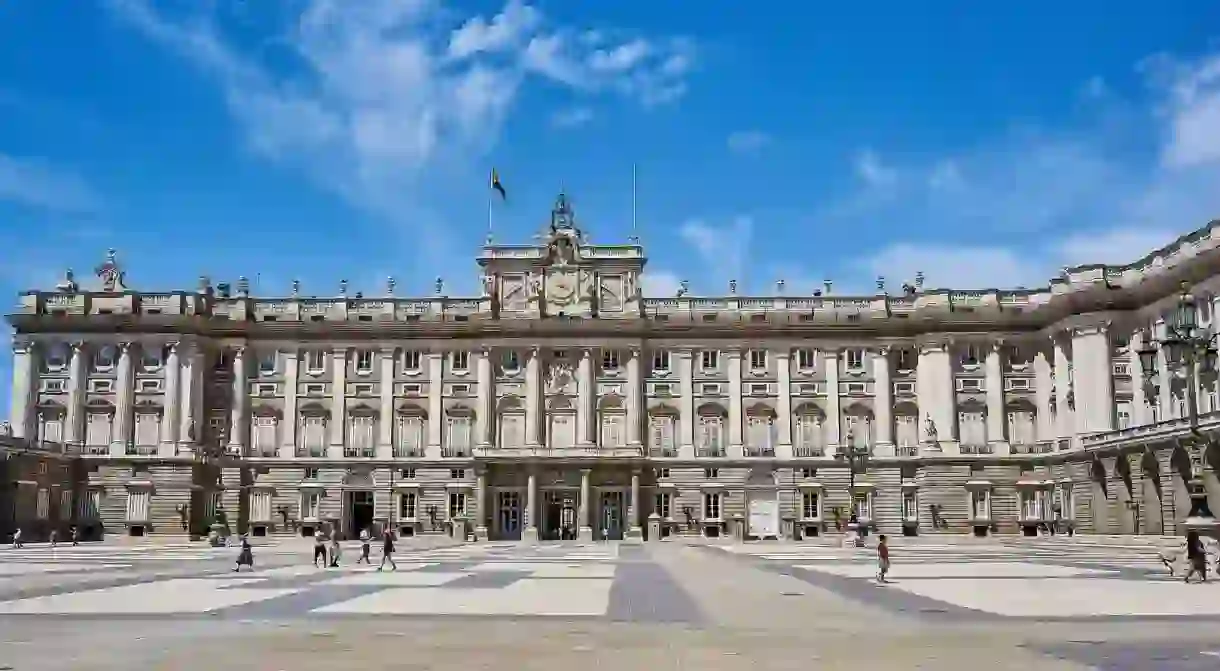11 Reasons You'll Never Want to Leave Madrid After Visiting

Madrid has a lot going for it, from its glorious weather to its food, art and nightlife. We take a look at how you might just fall in love with the Spanish capital and never want to leave.
The weather
With over 300 days of sunshine a year, Madrid is one of Europe’s sunniest capital cities. Whether you visit in the baking heat of the summer – when temperatures can easily push 40°C (104°F) – or the crisp cold of winter, chances are there’ll be blue skies and sunny weather, meaning Madrileños sit out on terraces all year round.

The nightlife
Renowned for its nightlife, it is often said that Madrid has more bars per capita than anywhere else on earth. It certainly seems true when walking around the city, with its old taverns, stylish, century-old cocktail bars and a host of new craft beer places. Whether you want to explore flamenco or hit some of the city’s biggest clubs, Madrid’s nightlife scene has something for everyone.
The tapas
Madrid is an excellent city for foodies and a great place to dive right into Spain’s tapas culture. The city is packed with tapas bars serving dishes from every region of Spain. Whether you want to try Basque pintxos or spicy mojo potatoes from the Canary Islands, you can do so in Madrid. Local favourites, too, are a must-try – for the adventurous eater, Madrid classics include Madrid-style tripe and grilled pig’s ear, while other, perhaps more palatable dishes include cocido Madrileño, a hearty stew, calamari sandwiches and churros dipped in thick hot chocolate.

The markets
Talking of food, one of the best options to shop at or pick up some ready-made dishes is at Madrid’s many markets. The city is home to several beautiful covered markets, many dating back to the early 20th century, which serve their local neighbourhoods with fresh fruit and vegetables, meat and fish stalls. Many markets are also branching out and welcoming little cafés and restaurants, which make for great places to grab lunch or dinner and try out some local and international flavours.
The galleries
Madrid is world famous for its art galleries, especially the so-called Golden Triangle of Art, made up of the Prado Museum, the Reina Sofia Museum and the Thyssen-Bornemisza Museum – all handily located along the Paseo del Prado, a tree-lined boulevard in the centre of the city. See the works of Spanish masters like Velázquez and Goya in the Prado, or Picasso’s powerful Guernica in the Reina Sofia, and walk through over seven centuries of art in the Thyssen-Bornemisza. Aside from the three big-hitters, Madrid is home to dozens of smaller galleries and cultural spaces that are also well worth exploring.

The parks
Madrid’s most popular green space is Retiro Park, a former royal garden and one of the most famous city parks in Europe. At weekends, locals and tourists descend on the park for picnics, rowing on the lake and lazy days enjoying this calm oasis in the heart of the busy city centre. The more rugged Casa de Campo is Madrid’s biggest park, and is home to two popular outdoor swimming pools as well as the city’s zoo and a theme park. For a more local feel, head to Madrid Rio, the renovated riverside park that opened in 2011.

The atmosphere
Once you’ve experienced Madrid’s laid-back feel, you might never want to leave. The city’s terrace culture means locals live life on the streets – especially in summer, and spending a lazy afternoon or evening enjoying a few drinks outdoors, never feeling rushed to give up your table, is one of the great simple pleasures Madrid has to offer.
The shopping
Unlike, increasingly, many other European cities, Madrid is home to an array of old-fashioned shops that usually specialise in just one product. Many of them, such as fan shop Casa de Diego or espadrille shop Casa Hernanz, have been serving Madrileños for well over 100 years. Make sure to visit some of the city’s old establishments to ensure they keep going for another century.

The history
From its Moorish beginnings to its days as a filthy backwater, then its ascension to capital city and the centre of the Spanish Golden Age of art and literature, Madrid has a turbulent and fascinating history. In the 20th century alone, the city was under siege for two and a half years as locals held off Franco’s troops during the Spanish Civil War. After Franco died and Spain returned to democracy, Madrid was at the centre of a heady movement known as the Movida Madrileña, during which young people readily embraced all the new freedoms afforded to them in this new, democratic Spain.

The transport
The centre of Madrid is very walkable, and most visitors can easily see the main sights on foot. But the city’s public transport system, especially its metro, is excellent; it is easy to use and gets you close to almost anywhere you could want to visit in the city. The cercanías commuter trains go further afield, so you can be in the Guadarrama Mountains in under an hour.

The lifestyle
Madrileños, like most Spaniards, tend to work to live and not live to work. They know how to enjoy life’s simple pleasures, be that sipping a cold beer on an outdoor terrace, watching a Real Madrid or Atletico Madrid match with friends or having a long family lunch on a Sunday. Visitors to the city can learn a lot about this attitude towards life; relishing its simple luxuries like food, good company and culture. And who knows, once you’ve sampled it in Madrid, you might just never want to leave.













